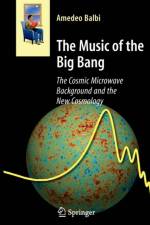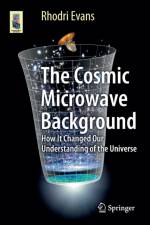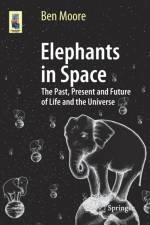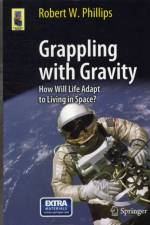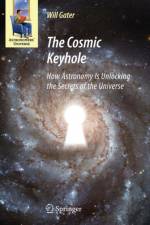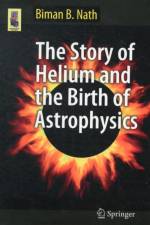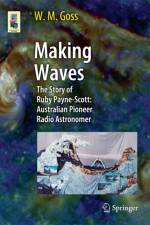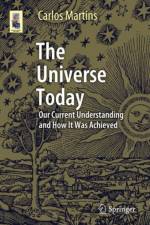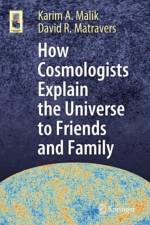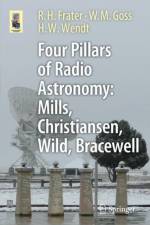- The Cosmos in My Bubble Bath
av C. V. Vishveshwara
497
The bubbles were swirling all around me, massaging my body. As I luxuriated in this fantastic bath, I gasped realizing that those bubbles carried with them miniature galaxies bringing the entire Cosmos into my bathtub...Alfie is back. And so are George and other characters from the author¿s previous book Einstein¿s Enigma or Black Holes in My Bubble Bath. While the present book, Universe Unveiled - The Cosmos in My Bubble Bath, is completely independent, its storyline can be considered a sequel to the previous one. The scientific content spanning ancient world models to the most recent mysteries of cosmology is presented in an entirely nontechnical and descriptive style through the discussions between Alfie, the enlightened learner, and George, professor of astrophysics. Fantasies, based on these discussions that cover the scientific facts, are created by the magical bubble baths taken by Alfie.Universe Unveiled blends accurate science withphilosophy, drama, humour, and fantasy to create an exciting cosmic journey that reads like a novel and educates as it entertains.¿Spurred by a series of mind-bending discoveries, Man¿s millennial love affair with the stars has now reached fever pitch. No one writing today is better positioned to evoke the romance and beauty of these cosmic discoveries than Vishveshwara. A leading expert in Einstein¿s relativity theory, he brings a lyrical voice and a poetic sensibility to this joyful task. Universe Unveiled, a unique literary creation, transports readers into believing they can actually hear the music of the spheres.¿Professor Robert Fuller, Former President, Oberlin College (USA)Author of Somebodies and Nobodies: Overcoming the Abuse of Rank

